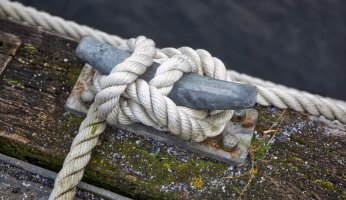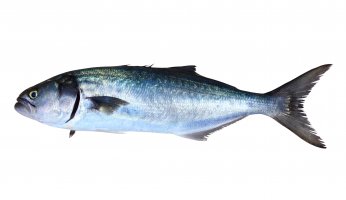Fishing Without a Rod
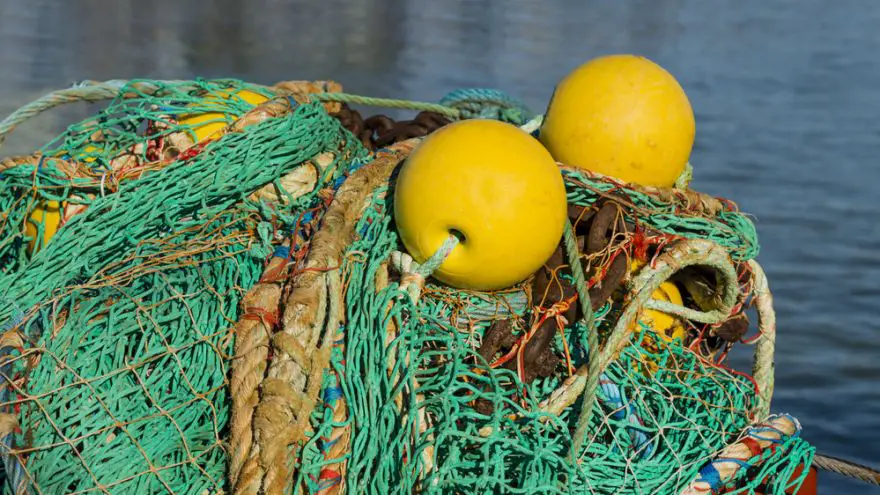 Fishing Without a Rod
gearweare.net
Fishing Without a Rod
gearweare.net
When you think of fishing, you probably think of grabbing your rod and reel along with your tackle box. However, most of the world fishes in very different ways with very different tools. In addition to being a fisherman, I also happen to be a survivalist. This means that often I head into the wild without conventional fishing gear. It has forced me to learn about other ways to catch fish.
One thing to consider is that there are limitations to fishing with a rod and reel. One of the biggest drawbacks is that you can typically only catch one fish at a time. When fishing for food, people typically want to catch as many fish as possible. Another issue is that it forces you to pick one location to target. Any angler knows that it can be tough to decide where to spend your time fishing.
In addition, fishing rods have drawbacks you may not have considered before. They are typically long and cumbersome. For somebody trying to hike through tall grass or heavy brush, it can be very difficult. The other potential issue with a fishing rod is that you are forced to try and attract your fish using a lure or bait. There are fishing methods out there that allow you to catch the fish without having to catch its attention.
In this article I will cover all the different ways you can catch fish without ever picking up a rod and reel. I hope it will open your mind to what is considered fishing in our great big world.
Table of Contents
Hand Lining
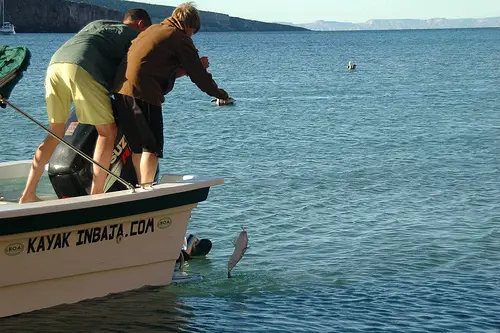
This method of fishing is probably the most similar to fishing with a rod and reel. The only difference is that there is no rod and reel. Typically a fishing line is wrapped around a plastic bottle or a small board. This keeps it from getting tangled as you reel it in or move from spot to spot.
Most anglers will tie a lure or hook with bait on the end of the line with a weight. The weight is needed to allow you to get distance with your cast. Typically the bottle or board is held in the left hand and pointed towards the target area. The line is held in the right hand and spun in a clockwise motion to allow for an underhanded throw at the target area.
The line is normally reeled in slowly and again wrapped around the bottle or board. When a fish strikes, most fishermen drop the reeling object and start pulling in the fish with both hands until it gets to the shore. Then they finish reeling up their line. However, be careful not to cut your hands and fingers.
A few months ago I was reeling in a hand line with a large catfish on the hook. I got snagged on some brush and started pulling with my bare hands. Unfortunately, the line sliced open my fingers in a few different places.
Nets
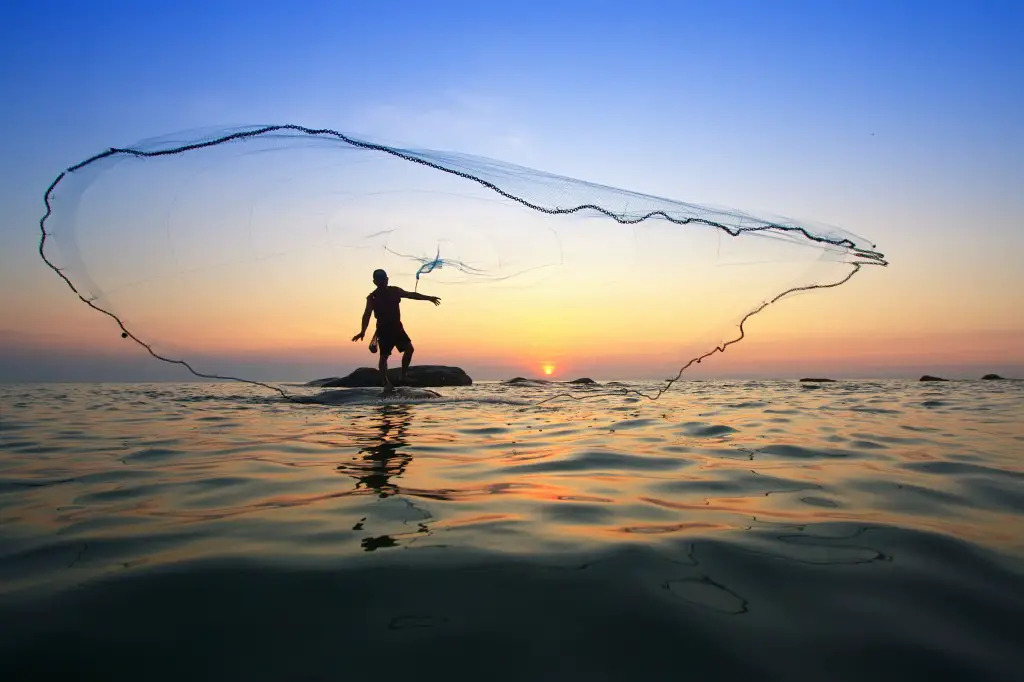
There are several different styles of nets used for fishing. The key components of every fishing net is that you are capturing the fish, not luring it. You also are normally targeting multiple fish. Nets can be huge and can haul in hundreds of fish at a time. However, the style I am most familiar with is a smaller gill net.
This type of net is great for streams or for tidal waters, but I have used them in ponds and lakes as well. The movement of the water will often move fish into the net. Most of these nets are made of monofilament line, and many of them have several layers with varying sized holes in the layers. The gill nets I have used have weights along the bottom and floats along the top. You simply tie each end to something secure and come back later that day to collect your catch.
My son got me my first gill net for father’s day. I was eager to try it out, so I ran out to our pond and strung it up. Just before dark I went to check the net, and I had already caught 11 fish. If you want fish in numbers, nets work well.
Trot Lines

This fishing method allows you to catch many fish while still using bait with hooks. To construct a trot line, run a primary line from a secure object to a weight. Then tie a loop in the line every three feet. Off of these loops, run additional lines that can be anywhere from one to three feet long. Tie hooks to the ends of the lines and bait your hooks. Then stretch out your line and let the weight sink to the bottom.
Trot lines work well if you need to set a line, leave for a while, and come back later to check it. By using a weight, you put baited hooks at a variety of different depths. This gives you the best possible chance of catching fish.
Fish Traps
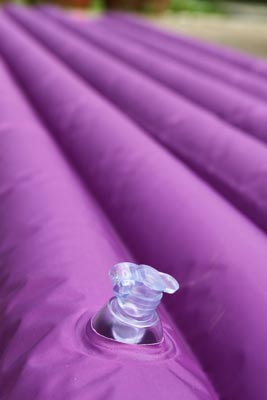
There are a variety of fish traps you can buy and build. I tend to focus on the DIY versions. One of the fastest traps to build is simply made from a two Liter bottle. Simply by cutting just below the taper and reversing the spout to face inward, you have created a fish trap. Secure the top to the base, add bait, weight your trap, and cut the opening to fit the size of fish you want to target.
You can also use stakes or stones to create enclosures in shallow water with funnel shaped openings. The finished product often looks heart-shaped. Once the fish swim through the funnel shaped opening, they cannot figure out how to get back out.
Float and Branch Fishing
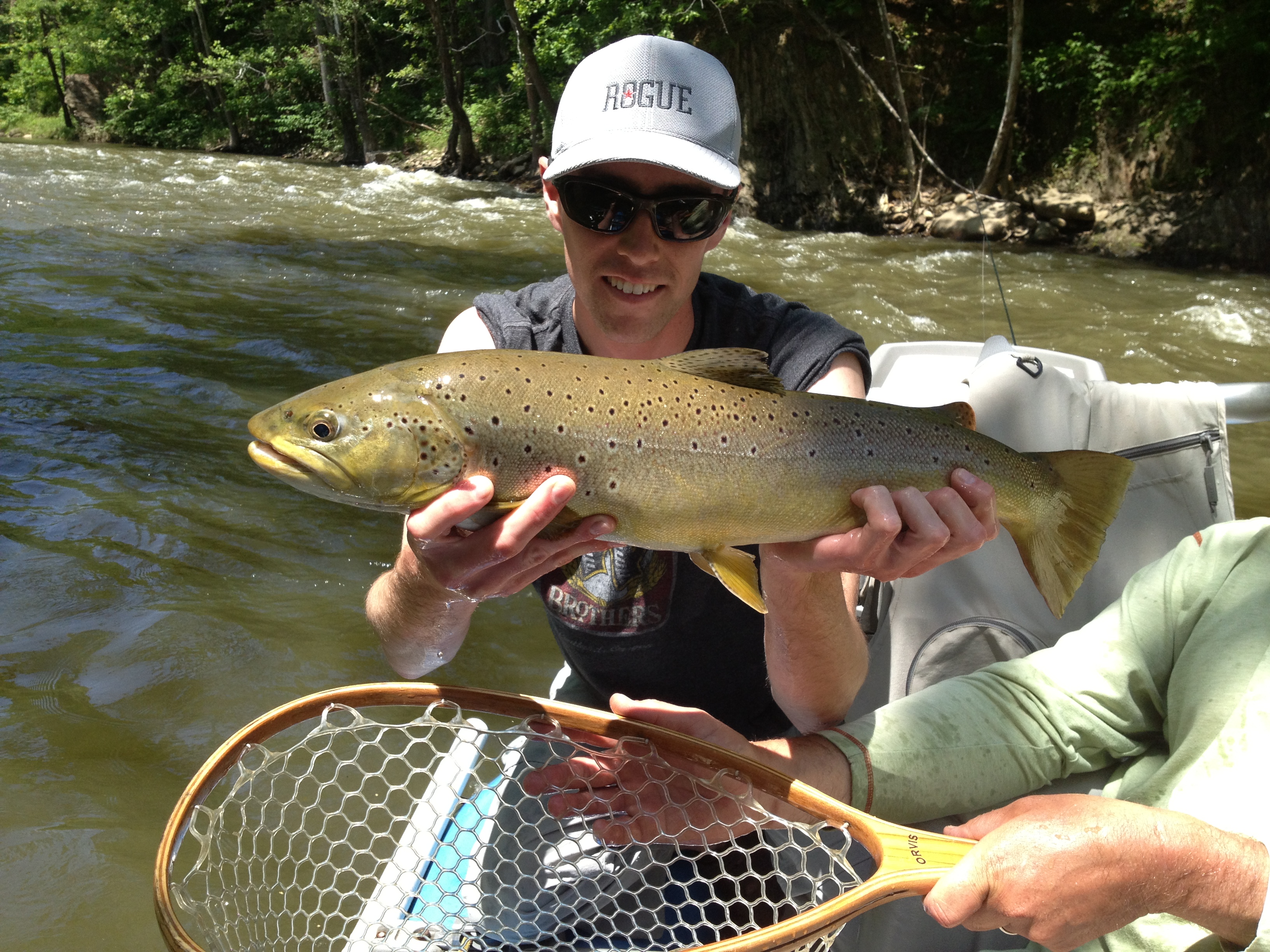
These types of fishing are especially common when targeting catfish because you can set it up and come back hours later to check your line. When float fishing, often the angler will tie a thick line with a baited hook to a sealed two Liter bottle. It can be weighted to hold it in place or left to float. When a fish is on the line, the bottle will stand upright and bounce around.
For branch fishing, you can tie a line to a low hanging branch on a tree. With a baited hook on the other end, you throw the line out into the water and watch the branch for movement. You can also break branches off of trees and jam them in the mud on the bank to accomplish the same thing.
Depending on your motivation for fishing, leaving the rod and reel at home may be a good option. It seems like the more I learn about fishing, the more I understand and appreciate those that fish by these methods. If you are looking for a different experience, give one a try.





